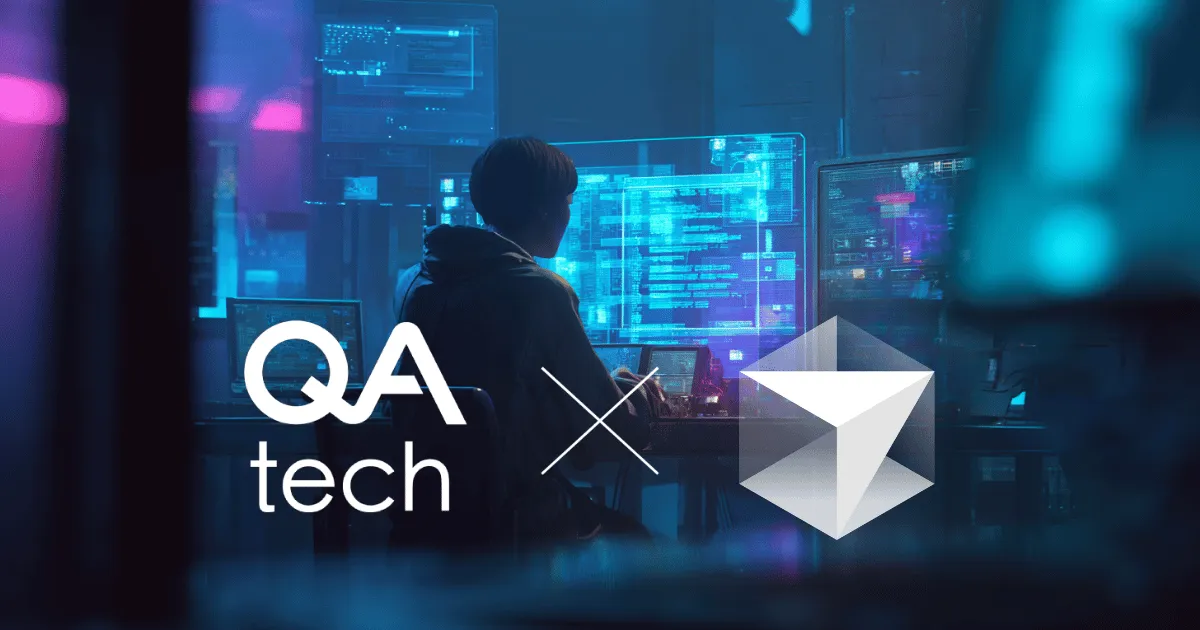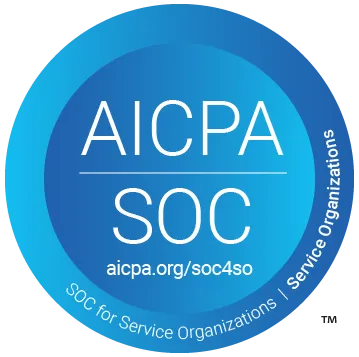Beyond Cursor: How AI Is Transforming the Entire Software Delivery Lifecycle


Out of all the different places artificial intelligence is sneaking into our workflows, coding seems to get the a lot of the attention. That should come as no surprise: we’ve all seen tools like Cursor or GitHub Copilot turn a couple of words into working code in seconds. For anyone who has ever wrestled with a missing semicolon or spent hours writing boilerplate, this feels like straight future shock.
But coding is only one small piece of the puzzle. Building and shipping software is a messy construction site, not a one man garage project. There are planning sessions, diagrams, endless rounds of testing, deployment pipelines, and of course a never ending flood of support tickets.
And that’s the point. Writing code is is just part of the job. We’re seeing AI influence the rest too: planning what to build, sketching out designs, testing that things actually work, making sure deployments don’t crash, and even sorting out the support tickets.
My IDE Has Opinions Now (Send Help)
When I wrote my first API years ago, before the great flood, I kept a physical notebook beside me filled with scribbled diagrams and notes about how the client talks to the server. Being a visual problem solver, that’s a practice I’ve kept up for many years to come.
Cut to today, where AI can generate the API scaffolding, class interfaces, suggest database migrations, and even brainstorm edge cases with me from any angle I’m interested in. To be honest this feels more than a productivity boost but I don’t have the word for it yet.
Still, tools like Cursor mostly live in the coding lane. If you stop there, the rest of the delivery lifecycle can feel clunky and a decade behind. Which is why I find the next wave so fascinating. AI is expanding upstream into planning, and downstream into deployment and ops.
AI in Every Corner of the Dev Shop
Writing the code is only the middle lap in the marathon of software delivery. Before it, we have planning and design, and after it, there’s testing, deploying, and dealing with support tickets.
It looks like AI isn’t just jogging alongside us the middle of the race anymore. It’s going to be there every lap, from start to finish.
- Planning & Requirements AI can help refine the big picture, write the user stories, break down epics into manageable tickets, and even estimate effort. At some point in the not-so-distant future it’s not hard to imagine working on the backlog with an assistant that read (and can reference) all your customer feedback before the meeting.
- Design & Architecture I think there’s going to be a while still until we can retire our whiteboards, but when it comes to designing API interfaces or object schemas, I’ve found AI to be a useful sparring partner.
- Coding Cursor, Windsurf, Copilot, Claude Code — you know the main cast. They’re slowly making progress, especially with the native tool calling angle that Claude Code is exploring. Although I’m one of the few people who manually reviews every diff still, if it’s a project I plan on maintaining.
- Testing & QA This is where things get exciting. Tools like QA.tech generate tests automatically, keep them green even as your codebase shifts, and let you describe what you want to test in plain human language. This agentic approach to testing is just as big of a deal as agentic coding itself — and they complement each other perfectly.
- Deployment & Operations AI is being trained to optimize CI/CD pipelines, predict deployment risks, and even trigger smart rollbacks when anomalies appear. It is also used to cut down cost by eliminating over-provisioning in Kubernetes clusters.
- Maintenance & Support Post deployment, AI sniffs through logs, examines support tickets, and sometimes fixes minor issues before they reach an engineer. In other words, production no longer feels like the wild west, it feels like someone left the porch light on.
How Does It Influence Dev Culture
The cultural shift is as big as the technical one. Developers who used to dread repetitive tasks like writing boilerplate, updating brittle tests, searching for that one bookmarked link about running a command that you only need to run once a year, now get to spend more energy on higher level problem solving.
However, it’s not all rainbows and unicorns of course. Some don’t feel comfortable with higher level problem solving, and they really enjoyed the artisanal aspect of coding. Others feel pressured to ship at an unreasonable rate because management watched an OpenAI release video and now think building software is as easy as asking ChatGPT to do it.
At the same time, there are risks. The probabilistic, generative nature of AI is both its strength and its weakness. Overreliance dulls skills and security concerns are very real when you have an LLM reading your proprietary codebase. Just like photography in the 1930s or PCs in the 1980s, what feels groundbreaking today will settle into a set of best practices tomorrow.
So, Where Do We Go From Here?
If the last two years are any indication, we’re heading toward autonomous software development pipelines that adapt continuously.
For any conversation or workshop that AI assistants are part of, the conversation can turn into action items, those action items into code, tests, infrastructure, and product, all in the matter of minutes. The quality of the product will be directly tied to the quality of conversations we’re having.
Will that happen overnight? Of course not. Just like our grandparents didn’t wake up one morning with a camera roll full of baby pictures, this transformation is going to be incremental. But the shift is already happening — slowly, and then all at once.
EOL
Cursor & co. show us how awesome it is to interact with our code in natural language. But there is a bigger story, not just about coding, but about a complete rethinking of the entire software delivery lifecycle. From planning to QA to ops, AI is quickly becoming the connective tissue that holds modern development together.

Stay in touch for developer articles, AI news, release notes, and behind-the-scenes stories.

